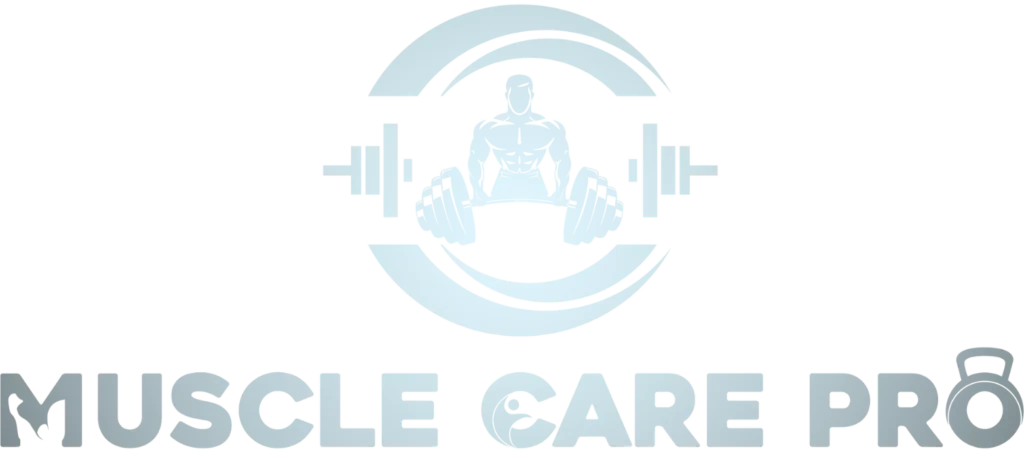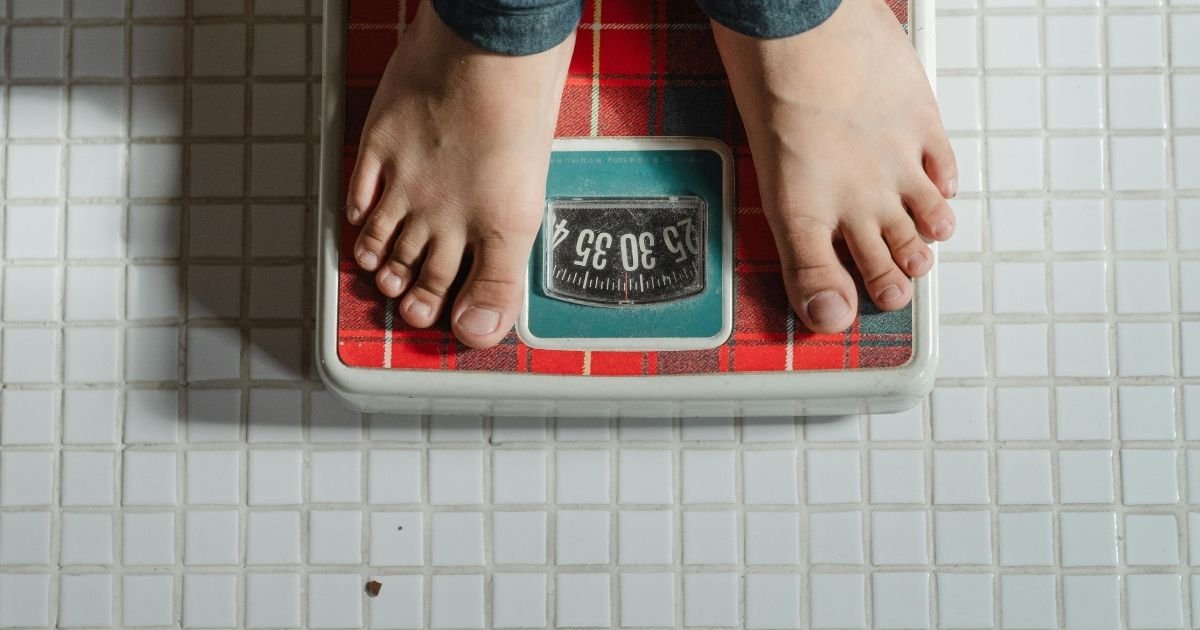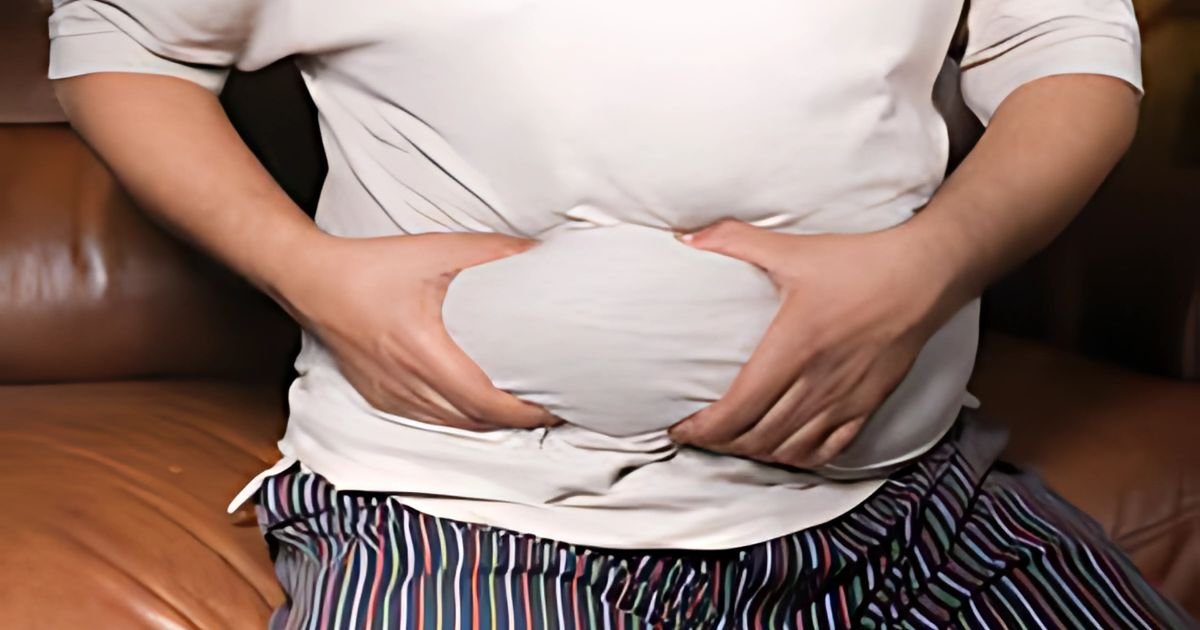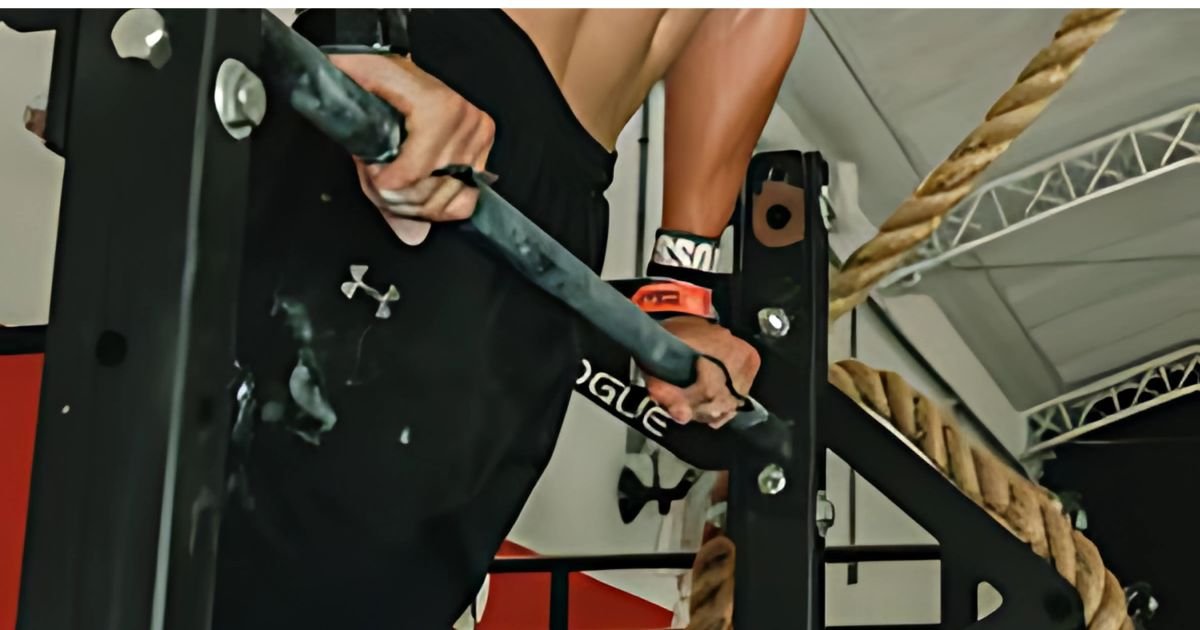What is Muscle Scraping?
Muscle scraping, or IASTM, is a treatment method for muscle pain, range of motion, movement, and recovery. Then, a particular tool is used to exert force against the muscles and fascia because muscle scraping is aimed at the removal of soft tissue adhesions. These adhesions may occur due to overuse, trauma, or imbalance of the muscles. Most often it is adopted by sportspersons and all people interested in optimizing the recovery and mobility of muscles.
What Are the Benefits of Muscle Scraping?
Increased Blood Flow:
The process of scrapping the muscles enhances circulation in specific regions, which aids in the healing process.
Enhanced Mobility and Flexibility:
This may allow for greater movement by loosening up any tight or restricted tissue that may be present.
Reduced Muscle Soreness:
Scraping is antidotal to the delayed soreness of muscle physical exertion that results after an intensive exercise workout.
Accelerated Recovery:
Once again due to improving perfusion and resolving muscle glue, the scraping technique facilitates shorter recuperation periods.
How Muscle Scraping Works
With a metallic or plastic instrument, the practitioners gently scrape the muscle fibers in a synchronized way along a particular direction and with a definite applied pressure. This action is aimed at soft tissue manipulation, breaking of scar tissue, and eliminating fascial restriction.
Is Muscle Scraping Painful?
During scraping, a few people might feel slight discomfort which is often said to resemble a feeling of a deep massage. But with the right technique and pressure, there has to be little or no pain.
Who Can Benefit from Muscle Scraping?
Muscle scraping is most useful in the following circumstances:
Athletes:
Improves the healing process as well as prevents any injury during performances.
Office Workers:
Helps relieve stress caused by extended hours of sitting.
Fitness Enthusiasts:
Relieves soreness behind workouts.
Is Muscle Scraping Safe?
Although it is usually considered safe when performed by a qualified professional, muscle scraping may not be indicated in individuals with particular medical illnesses or open injuries.
How to Prepare for a Muscle Scraping Session
Consider drinking plenty of water an hour before the muscle scraping session, and doing light aerobic movements to the muscles to improve blood flow. This prepares the tissue for the procedure and also helps in combating post-procedure pain. It is also advisable to wear loose-fitting clothes that expose the area of focus to maximize comfort. Like it or not, such an event has to have attire.
Aftercare Tips Following
The session may lead to mild pain or redness in the affected area. Icing the treated area can help with reducing any swelling. In addition, it is helpful to hydrate appropriately and carry out gentle exercises to speed up recovery and prevent loss of range of motion from muscle scraping.
Conclusion
The application of muscle scraping proves to be an efficient recuperation and treatment therapy for many people. If it is a sport or a workout you might indulge in from time to time, this technique will reduce pain, increase range of motion, and improve recovery.
FAQs
Is muscle scraping good for back pain?
Indeed lateral massage aids the alleviation of back aches through muscle relaxation and enhanced blood flow, however, it should preferably be carried out by a therapist.
How often should I get it done?
How often this is done may vary from one user to another, however, it is generally effective to do this once every week or two weeks for most users.
Are there side effects ?
The occurrence of mild swelling or pain is normal, particularly following the first couple of sessions, but these effects tend to disappear pretty fast.
What tools are used?
Plastic or stainless steel tools that are ergonomically and diplomatically shaped for tissue handling and control are employed by the practitioners.
Can I perform muscle scraping at home?
Certainly, however it is suggested to study the methodologies correctly first or to get expert help to prevent oneself from getting hurt.











